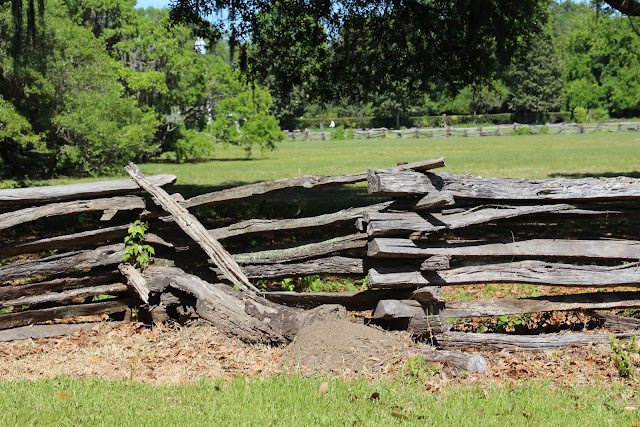It is Right and Just
Firefighters Monument
In Cemetery
Below is probably more than you want to know about Calvary Cemetery, but read it anyway...it's historical:
One of the oldest and most historically significant cemeteries in the Twin Cities area, Calvary Cemetery was established by Bishop Cretin and other early church leaders to serve the largely Catholic community in St. Paul’s early days.
Since 1856, more than 100,000 burials have taken place at Calvary, located on a scenic bluff overlooking downtown St. Paul. In addition to the cemetery’s in-ground burial sites, the Calvary Mausoleum complex offers both crypt spaces and cremation niches.
Known for its dramatic and unusual monument styles and architectural features, including angels of all sizes, Calvary is a repository of history of both the City of St. Paul and the Catholic Church in this area.
Monuments of some of the young city’s most prominent early families can be found at Calvary, including Louis Robert, a fur trader who built the city’s first home, and Eugene Larpenteur, whose large farm was located on the site of the state fairgrounds. U.S. Supreme Court justice Pierce Butler, French-born architect E.L. Masqueray and Frederick McGhee, St. Paul’s first black criminal lawyer, are among the many leaders buried at Calvary.
The Archdiocese’s early bishops and archbishops — Cretin, Dowling, Grace and Ireland — are all buried at Calvary. Archbishop Ireland’s sister, Mother Seraphine, who founded the College of St. Catherine, is among the hundreds of nuns and priests buried in special sections for religious orders.
In May 2005, Calvary observed its 150th anniversary with community-wide celebration.
Each Memorial Day, the public is welcome to a special Mass at Calvary, followed by refreshments.
***************
************































































